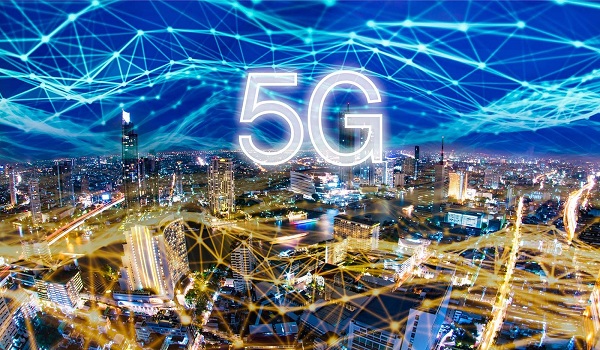What 2G, 3G and 4G adoption curves can teach us

When 3G was the rage—in 1999—there was talk of endless new services and apps. Buying winter cruises on your mobile, downloading movies, watching your baby in its crib from the office, plus myriad enterprise apps. Some forecasts claimed less than 10% of 3G revenues would come from voice calls. This was 1999, the equivalent of 2019 in 5G startup terms.
Assuming that 3G would beat out even 2G’s steep concave rise a decade earlier, 3G forecasts (all but one, yes ours) saw the new technology taking off like a rocket, powered by all those new apps. Instead, after Internet and Telecom crashes, the market took its time to get re-started, tilting significantly upward only in 2007 or 2008. Prepaid and texting turned out to be the main new “apps” but for Japan, where the unique i-mode ecosystem kept users busy on their train commutes to work.
When 4G appeared we no longer heard tales of 1001 new revenue sources, even though smartphone apps were proliferating like wildfires. The killer app was simply data in its many forms and the need for higher download speeds. Whether we downloaded photos of the baby or YouTube videos would be left up to users and the OTTs— Google, Facebook, Netflix and Apple’s App Store. The result was a smartphone-driven 4G adoption curve with some concave tendencies, especially in markets like the U.S. and South Korea, but overall not a hockey stick surge like the one that had propelled 2G.
So how will 5G fare? The early promotions suggest there will be infinite forms of IoT coming online within the first few years along with 4D downloads, AR/VR apps, new forms of wearable fitness and medicine, 5G factories, plus millimeter-band pico cells and ultra-WiFi zones. On the global front, San Marino claimed to have the first nationwide 5G network last year, while South Korea is approaching the three million 5G subscriber mark after launching the service in early April.
The 5G bandwagon is rolling but so is evidence of lower download speeds and lower QoS than subscribers expect, of limited coverage, and of difficulties securing access to sites (see Scrambling for Pole Position in 5G at www.kalbainternational.com). Early concave take-off excitement may be turning into convex reality. Much could depend on the recession that is being increasingly projected—whether it will occur, how deep it will sink and how long it will last, as 3G enthusiasts found out.
Meanwhile GSMA, the industry association, projects a mid-course path, not as steep as 4G’s climb but not as gradual as 3G’s. Who will lead the 5G stakes is also up for grabs, especially in the early days, despite the clamor that the U.S. and China are in a two-way race. So far South Korea is in the lead, aided by its population density and early-adoption culture. Larger countries will take longer to cover and activate, especially with millimeter sites.